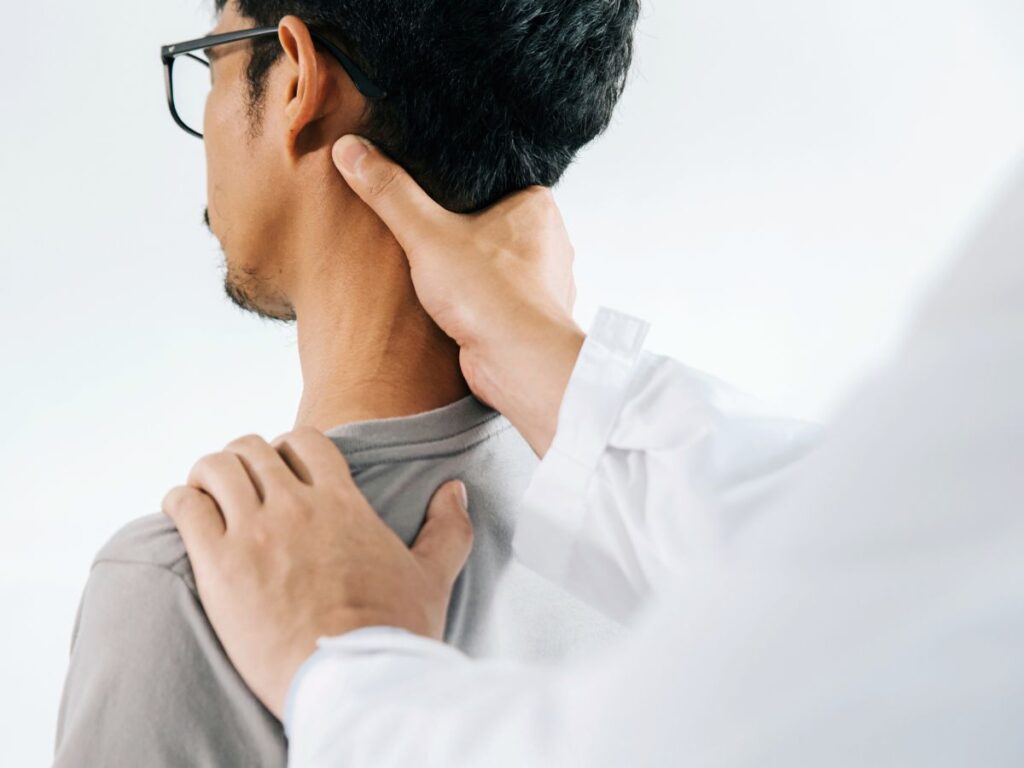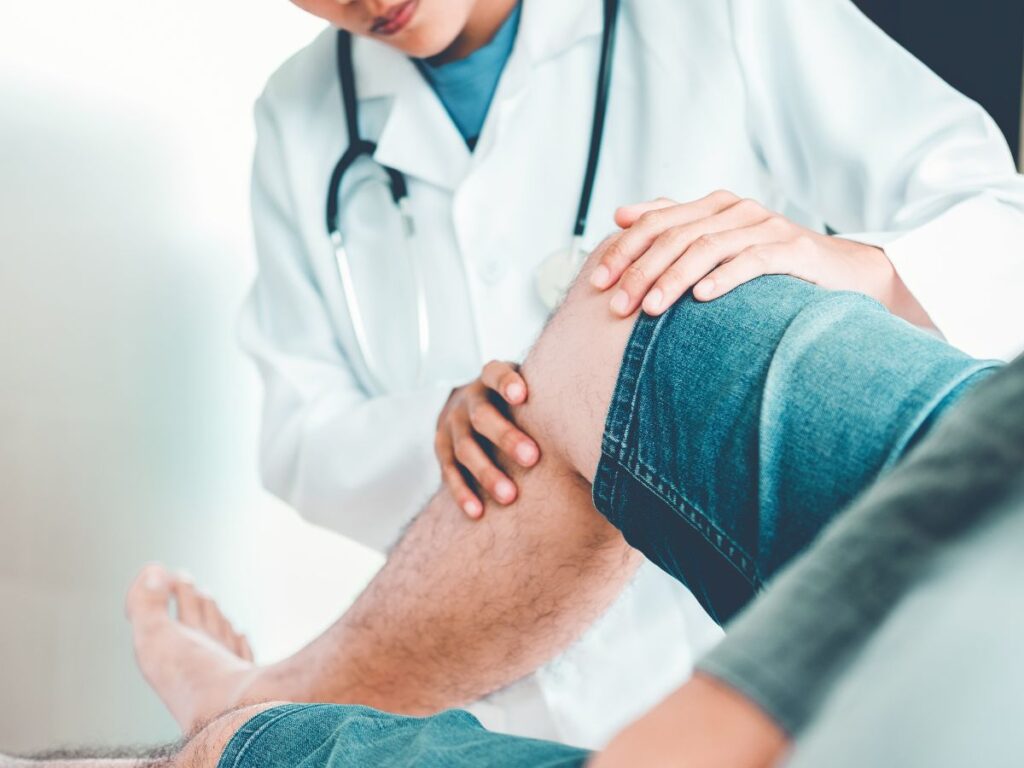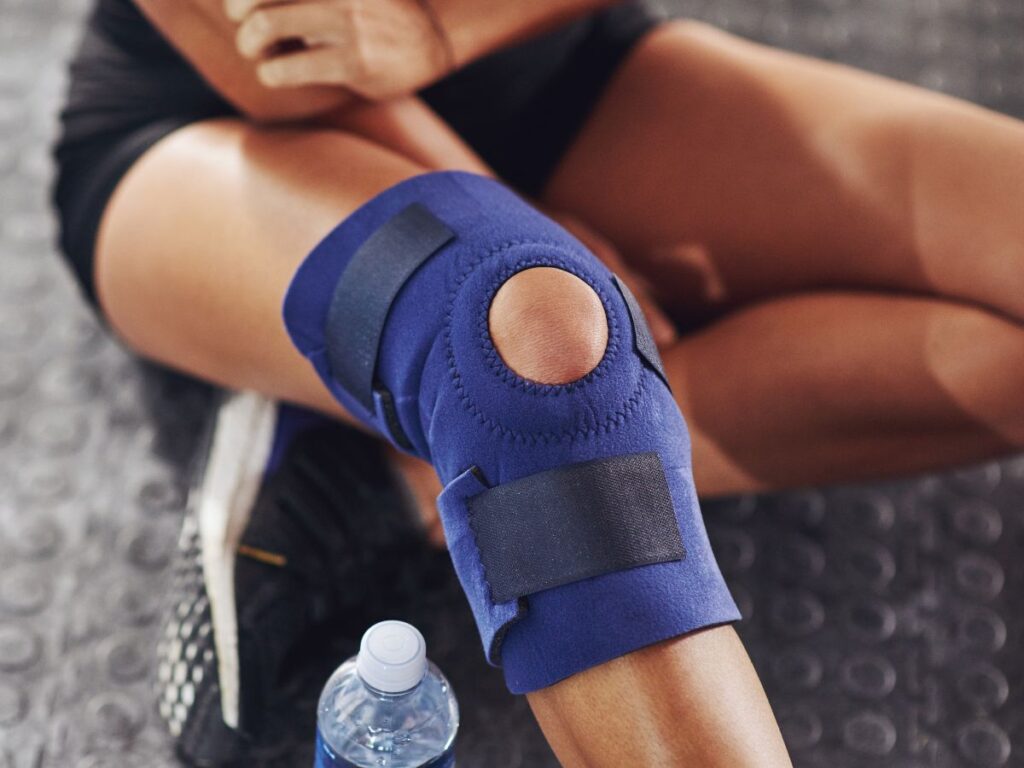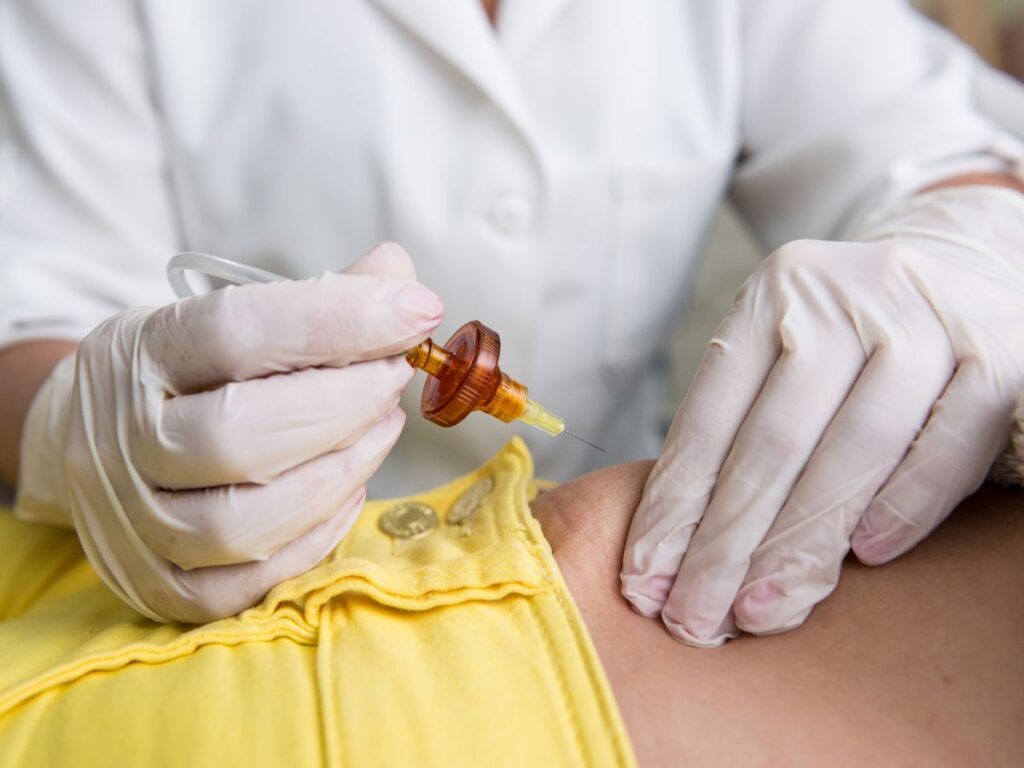Why Bicycle Accidents Hurt
Colliding with a vehicle or crashing on uneven terrain can lead to serious injuries for cyclists. While helmets and protective gear safeguard against some forms of harm, your body is still largely exposed. Even a slow-speed fall might produce abrasions, strains, or fractures. Higher-impact crashes can involve head trauma, dislocated shoulders, or spinal misalignments. Once the adrenaline fades, you may discover aches or bruises you initially overlooked. Addressing them swiftly helps prevent minor issues from becoming long-term obstacles, ensuring you can return to cycling and daily life without lingering discomfort.
Beyond physical harm, bicycle accidents often spark anxiety about riding in traffic or tackling challenging trails. This mental toll can disrupt your normal routine—especially if you rely on a bike for commuting or maintaining fitness. Recognizing how your mind and body both respond to a crash sets the stage for a balanced recovery process. By tackling injuries from multiple angles, you avoid common pitfalls like reinjury, chronic pain, or loss of confidence on the road.
Frequent Causes and Injuries
Bicycle accidents can occur due to driver inattention, road hazards, poor weather, or mechanical malfunctions. The nature of your injuries often depends on the crash specifics, but cyclists frequently face:
- Road Rash: Skin abrasions from sliding on asphalt.
- Fractured Wrists or Arms: Common as riders brace for impact.
- Shoulder Dislocations: When the upper body bears the brunt of a fall.
- Neck Strain: Sudden jolts can damage ligaments or vertebrae.
- Concussions: Even with a helmet, the brain may shift inside the skull during impact.
Each of these injuries demands tailored care. A fractured forearm requires immobilization, whereas soft tissue damage might need gentle exercises and rest. By pinpointing every issue, you build a foundation for comprehensive, lasting healing.
Hidden Damage to Detect
While obvious cuts and bruises often receive immediate attention, bicycle crashes can also create subtle injuries that go unnoticed at first. You might mistake persistent headaches or mild dizziness for dehydration or stress, but they could indicate a concussion. Neck or back soreness may suggest microtears in muscles or shifts in spinal alignment. Even if you initially feel fine, seeking a professional evaluation ensures no underlying problems escape detection.
Keep track of any post-accident changes, such as tingling in the arms, numbness in the fingers, or sudden fatigue. These signs can point to nerve impingements or joint misalignments. Ignoring them risks compounding issues later. Early intervention generally means less invasive treatment and a quicker return to your normal activities, including cycling if that’s part of your lifestyle.
Holistic Recovery Methods
Healing from a bicycle accident isn’t just about bandaging scrapes or wearing a cast. A multifaceted plan addresses the full spectrum of physical and emotional trauma. Consider therapies like:
- Physical Therapy: Gradually rebuilding strength in injured muscles and joints.
- Chiropractic Adjustments: Realigning the spine to relieve nerve pressure and enhance mobility.
- Massage or Trigger Point Therapy: Reducing scar tissue and easing muscle knots.
- Guided Exercise: Specific movements to restore range of motion and balance.
- Emotional Support: Strategies to overcome cycling anxiety or post-accident stress.
By weaving these components together, you give your body the comprehensive support it needs to mend. The goal is to regain physical function and address any mental barriers that might deter you from riding or daily activities.
Exercises and Self-Care
While professional treatments can accelerate recovery, self-care at home sustains momentum between sessions. Here are some ideas:
- Gentle Stretches: Loosen tense areas in the neck, shoulders, and lower back.
- Core Workouts: Planks or bridging to stabilize the spine and enhance posture.
- Heat/Cold Rotation: Warm packs to relax muscles and cold packs to reduce swelling in sore joints.
- Balancing Drills: Standing on one leg or using a balance board can help re-train coordination.
Be cautious about resuming strenuous rides too soon. Overloading healing tissues may prolong soreness or cause reinjury. Listening to pain signals and pacing yourself fosters sustainable progress. Setting achievable goals—like walking comfortably or completing specific stretches pain-free—keeps motivation high.
Tending to Emotional Health
Bicycle accidents can stir unease about riding near traffic or descending steep trails. Fear and anxiety, if unaddressed, often intensify muscle tension and slow physical healing. Including mental health strategies in your recovery plan can be transformative. Simple relaxation exercises—like deep breathing or guided meditation—help regulate stress hormones that aggravate inflammation.
You might also benefit from sharing experiences with fellow cyclists or friends who’ve navigated similar setbacks. This emotional support can ease worries about returning to the road. Overcoming negative thought patterns builds resilience, ensuring your crash doesn’t permanently deter you from an activity you once enjoyed. Balanced emotional care helps align your mindset with your physical healing.
Preventing Future Crashes
Regaining confidence to cycle again often involves more than just healing your wounds. Maintenance checks on your bike—such as brakes, tires, and gears—boost safety. Assessing routes for traffic levels or road conditions can also lower your accident risk. Protective gear, including a well-fitted helmet, reflective clothing, and lights for low-visibility situations, remains essential.
Improving riding technique is equally valuable. Learning defensive maneuvers and staying vigilant around intersections or blind spots reduces the chance of collisions. If you’re returning to regular cycling after an injury, start with shorter, less demanding routes. This gradual progression allows your body to adjust, building the strength and confidence necessary for busier roads or advanced trails.
Book Your Appointment Now
Recovering from a bicycle accident requires a plan that sees the bigger picture—physical injury, emotional resilience, and practical steps to avoid future mishaps. Book your appointment on this page to receive a comprehensive evaluation and tailored therapy plan. We specialize in identifying each facet of your injury, from hidden muscle strains to lingering fears about riding again, and then guiding you toward a thorough recovery.
Whether you’re a casual rider or a dedicated cyclist, there’s no reason to let an accident redefine your relationship with biking. Reserve your session now and discover how an integrative approach, combining expert care with at-home strategies, can help you pedal forward with renewed confidence and strength.






